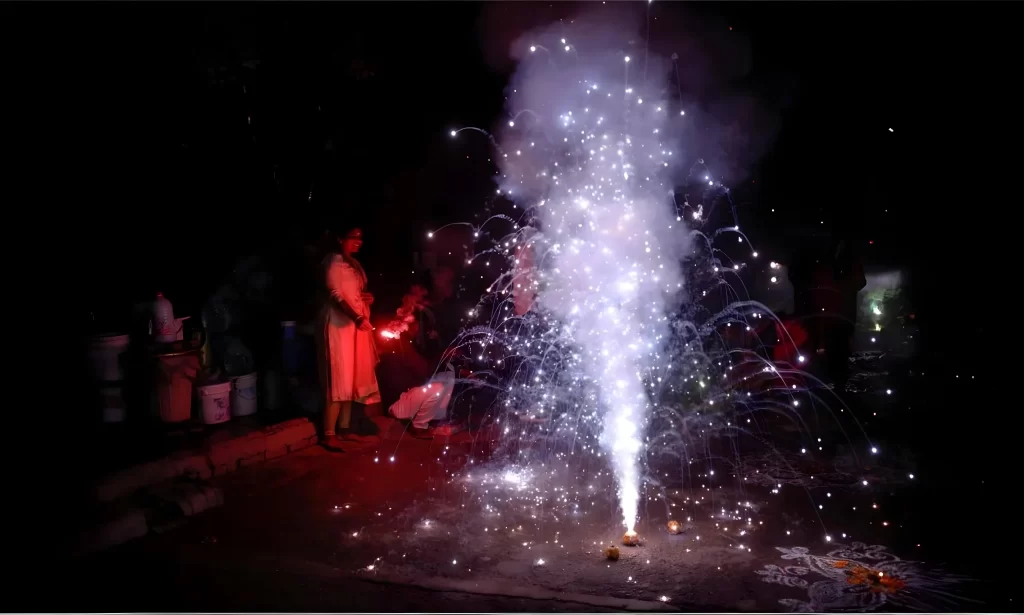This Diwali, despite a government-mandated ban on firecrackers, New Delhi’s air quality plummeted to hazardous levels, making it once again the world’s most polluted city. As firecracker smoke filled the skies, the capital’s residents grappled with severe respiratory issues and increasing health risks, sparking debate over the balance between traditional festivities and environmental responsibility.
New Delhi has long been plagued by high levels of particulate matter (PM2.5 and PM10), largely due to urbanization, industrialization, and traffic congestion. Diwali, a festival celebrated with fireworks, often brings a severe spike in pollution, worsening the city’s already fragile air quality. This year, even with a ban in place, compliance was low, and the city’s AQI (Air Quality Index) soared to “severe” levels. Air monitoring stations across Delhi NCR recorded AQI levels above 400 in many areas, a rate comparable to, if not worse than, other heavily polluted cities globally.
The immediate effects were seen in hospitals across the city, where a surge in respiratory-related cases has been reported, affecting children, the elderly, and those with pre-existing health conditions. Doctors and health experts have sounded alarms about the dangers of high pollution levels, which increase the risks of asthma, bronchitis, and even cardiovascular diseases. Dr. Arvind Kumar, a lung specialist, warned, “Prolonged exposure to such pollution can have irreversible effects on health, particularly in vulnerable groups.”
Despite widespread awareness campaigns, many Delhi residents view the firecracker ban as an infringement on their traditions. Fireworks have long been associated with Diwali, symbolizing the triumph of light over darkness, and some feel that the ban disrupts the spirit of the festival. This cultural attachment, combined with lax enforcement of the ban, has made it difficult to achieve full compliance, even with fines in place. However, state officials continue to push for alternative celebrations, including “Green Diwali” initiatives and eco-friendly options, in hopes of gradually shifting public perception.
The government has proposed measures to tackle pollution from various sources, not only fireworks but also from industrial emissions, vehicular pollution, and crop stubble burning in neighboring states. Introducing “green crackers” that emit less smoke has been an attempt to find middle ground, allowing people to celebrate while reducing pollution. However, these alternatives require broader acceptance and stronger public messaging.
The aftermath of Diwali has made it clear that New Delhi’s pollution crisis needs a collective approach to balance tradition with sustainability. Experts stress the importance of strict regulations, public compliance, and increased awareness. They emphasize that tackling this issue must involve both individual and community responsibility to reduce pollution and improve air quality.
For New Delhi, it’s essential to find a sustainable path forward where cultural celebrations can coexist with environmental safety. A shift toward sustainable practices is vital, especially during festivals, so the capital can offer a cleaner environment for future generations.

